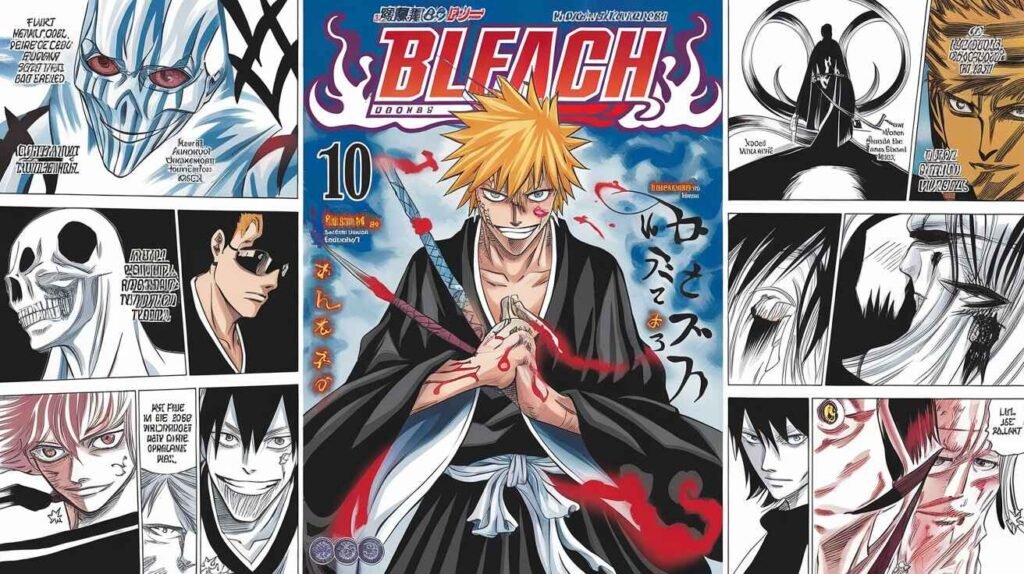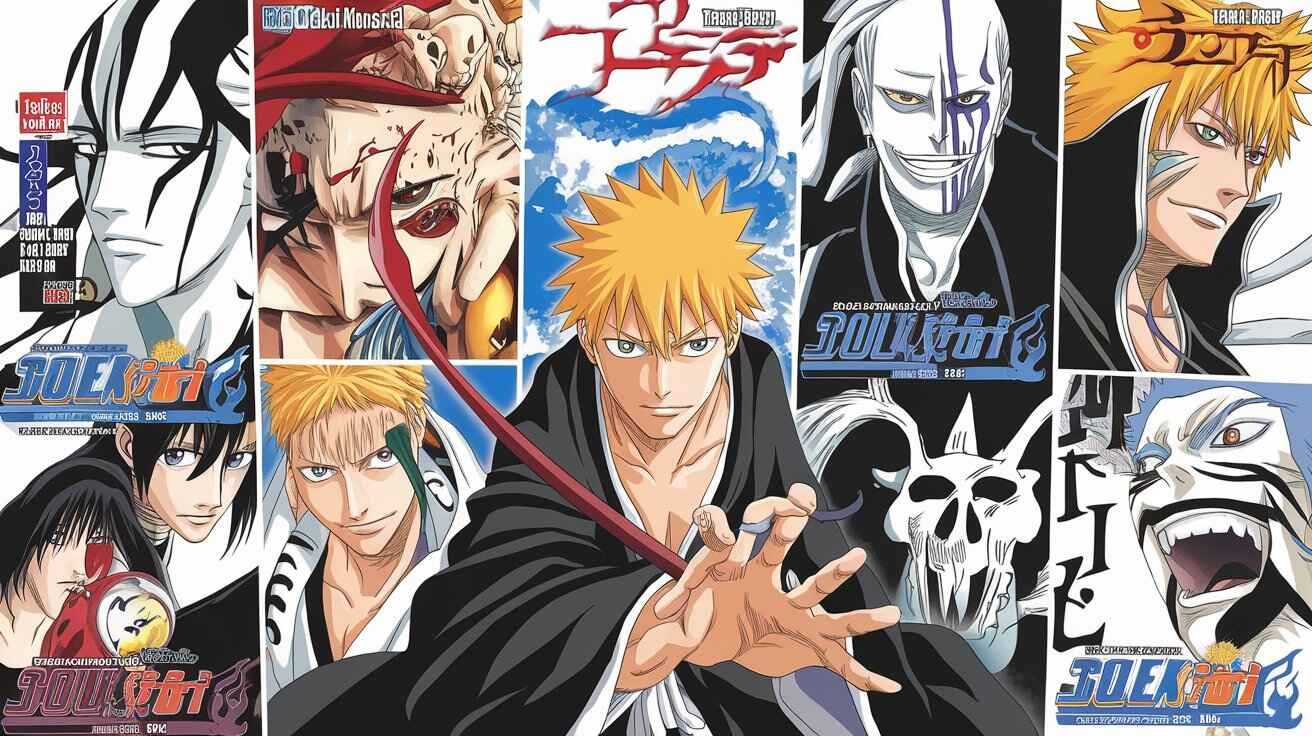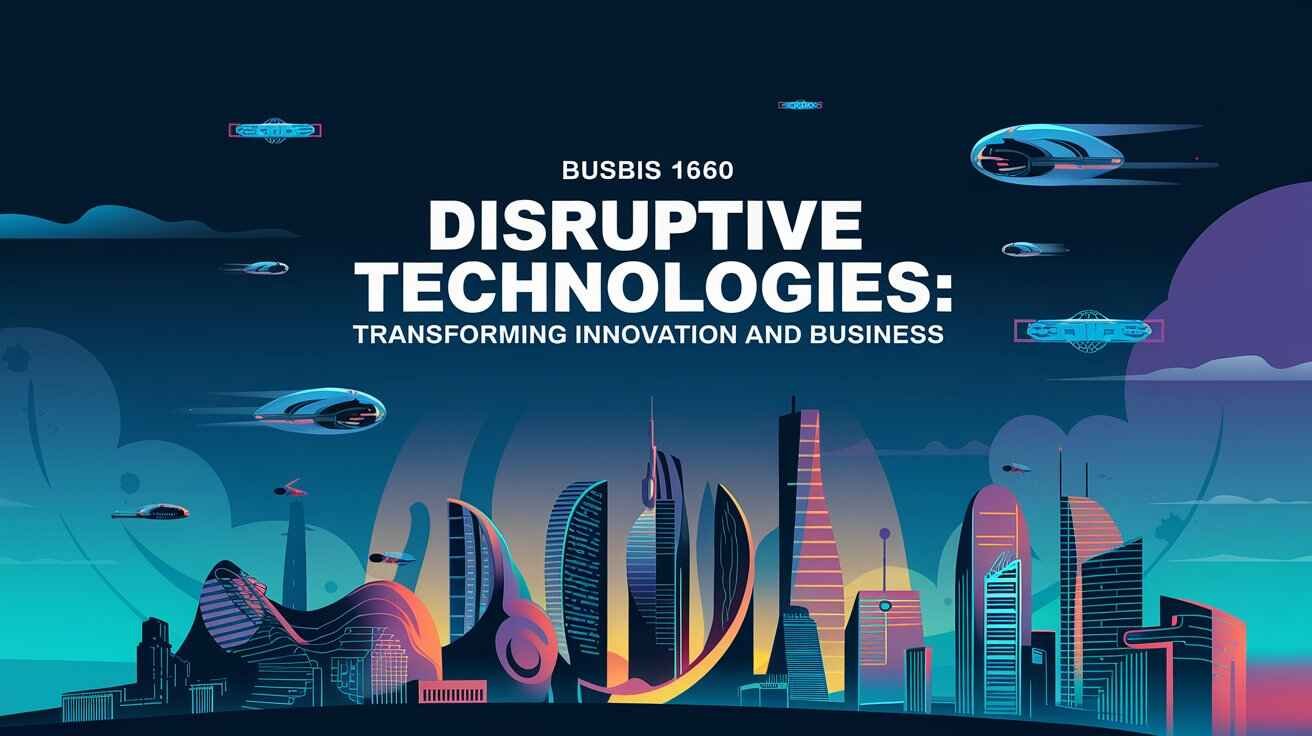Few manga have executed the long-lasting repute of Bleach. Created using Tite Kubo, this Japanese manga masterpiece debuted in 2001 in Weekly Shōnen Jump and ran for an excellent 15 years. Combining supernatural elements, high-octane movement, and deep emotional storytelling, Bleach quickly cemented its location as one of the most influential works in manga history. Its legacy as a cornerstone of the “Big Three” (Bleach, Naruto, and One Piece) is a testament to its cultural and commercial effect.
This article affords an in-depth exploration of the Bleach manga, unpacking its complex narrative, iconic characters, economic triumphs, and ongoing effects. Every aspect is examined to offer an authoritative and deeply informative perspective on why Bleach remains a fan favourite even nowadays.
Introduction to Bleach
What Makes Bleach Unique?
At its heart, Bleach is a tale of obligation, boom, and eternal warfare between mild and darkness. It is about a world where supernatural forces govern the stability of existence and loss of life. The tale begins with an ordinary teen, Ichigo Kurosaki, who’s pulled into this mystical world while he inherits the powers of a Soul Reaper (Shinigami). This inheritance thrusts him into battles with immense Hollows, challenges towards god-like beings, and conflicts across multiple dimensions.
The strong point of Bleach lies in its fusion of traditional Japanese religious principles, like Soul Reapers, with present-day subjects and Western aesthetics. Its combination of mythological depth, fast-paced action, and emotional stakes appeals to an international target market.
An Overview of Bleach: Chapters and Volumes
The Bleach manga is divided into 686 chapters, which can be compiled into seventy-four volumes. Each bankruptcy advances the tale through interesting battles, emotional moments, and extensive revelations. Here’s a breakdown of its key arcs:
- Agent of the Shinigami Arc (Chapters 1–70)
- Soul Society Arc (Chapters seventy-one–183)
- Arrancar Arc (Chapters 184–423)
- Fullbringer Arc (Chapters 424–479)
- Thousand-Year Blood War Arc (Chapters 480–686)
In addition, each arc is divided into subplots, all of which contribute to the collection’s overarching themes of loyalty, self-discovery, and the stability of life and death.
The Detailed Plot of Bleach
The Beginning: Ichigo’s Transformation
Ichigo Kurosaki’s existence changes when he encounters Rukia Kuchiki, a Soul Reaper tasked with guiding souls to the afterlife and defeating malevolent spirits called Hollows. When an effective Hollow attacks Ichigo’s family, Rukia transfers her powers to him. Though reluctant, Ichigo accepts his new position as a Substitute Soul Reaper, unaware that this choice will open a gateway to inconceivable adventures and risks.
The early chapters are aware and focused on Ichigo studying the responsibilities of his new function while grappling with the burden of shielding his loved ones. These preliminary episodes masterfully combine slice-of-lifestyle factors with thrilling supernatural battles, laying the groundwork for the series’ expansive universe.
Soul Society Arc: A Turning Point
The Soul Society Arc is broadly considered the pinnacle of Bleach. After Rukia is arrested for transferring her powers to a human, she faces execution in the Soul Society, the realm of Soul Reapers. Determined to save her, Ichigo and his friends—Orihime Inoue, Yasutora “Chad” Sado, and Uryū Ishida—embark on a daring rescue assignment.
This arc introduces readers to the Gotei thirteen elite captains and their squads who govern the Soul Society. It also showcases a number of the most memorable battles in manga history, along with the following:
- Ichigo vs. Byakuya Kuchiki, in which Ichigo clears up to shield Rukia, clashes with Byakuya’s adherence to lifestyle.
- The rise of Aizen Sōsuke, a relied-on captain whose betrayal shakes the very basis of the Soul Society.
The arc is rich in topics of loyalty, subculture, and personal growth, making it a defining moment for each character and the series.
Hueco Mundo and the Espada
Following Aizen’s betrayal, he establishes himself as the imperative antagonist. Aizen seeks to overthrow the spiritual hierarchy and create a new order. He establishes the Arrancar Hollows, who have received Soul Reaper-like talents to obtain this.
Ichigo and his allies mission into Hueco Mundo, the area of the Hollows, to rescue Orihime, who has been captured through Aizen. This arc is characterized by excessive battles with the Espada, Aizen’s elite warriors. Among the highlights are:
- Ichigo’s fierce warfare with Ulquiorra Cifer is a fight that pushes him to his limits and makes him well-known for his inner Hollow powers.
- The tragic tale of Nelliel Tu Odelschwanck, an Arrancar who aids Ichigo, embodies topics of redemption and loyalty.
Hueco Mundo expands the series’ universe, introducing readers to the complexity of Hollow International and its population.
Also Checkout: Olympus Scanlation: A Deep Dive into Manga Fan Translations
The Thousand-Year Blood War: A Grand Finale
The Thousand-Year Blood War Arc is the collection’s final and most formidable storyline. It introduces Quincy, a group of people with religious powers who were thought to be going extinct. Their chief, Yhwach, seeks to annihilate the Soul Society and reshape lifestyles.
This arc delves deeply into the records of the Soul Society and Ichigo’s unique historical past. Key revelations include:
- Ichigo’s twin identity is a Soul Reaper, and Quincy makes him a bridge between warring factions.
- The tragic backstory of Yhwach and his motivations for revenge.
The arc brings the series to a bittersweet end with excessive stakes battles, emotional farewells, and profound philosophical questions.

Why Was Bleach Such a Massive Success?
Innovative World-Building
One of Bleach’s best strengths is its complicated world-building. Tite Kubo created a universe that felt both full-size and deeply private. The Soul Society, Hueco Mundo, and the Quincy realm are richly detailed, with each having its subculture, hierarchy, and rules.
Relatable Themes
The collection resonates to a private degree due to its issues of duty, sacrifice, and the conflict to locate one’s identity. Ichigo’s adventure mirrors the well-known demanding situations of growing up and accepting responsibility.
Dynamic Characters
From the noble but conflicted Byakuya Kuchiki to the tragic antihero Ulquiorra, each individual in Bleach is multi-dimensional. Even antagonists like Aizen are given depth and complexity, making them unforgettable.
Art Style and Presentation
Tite Kubo’s specific artwork set Bleach apart from its contemporaries. His minimalist backgrounds, hanging man or woman designs, and dramatic fight sequences created a visually compelling experience that drew readers in.
The Financial and Cultural Impact of Bleach
Manga Sales and Revenue
Bleach has offered over 130 million copies worldwide, making it one of the first-rate-selling manga series of all time. Its popularity peaked in the mid-2000s, with millions of enthusiasts eagerly awaiting each new bankruptcy.
Merchandising and Adaptations
The Bleach franchise extends far beyond its manga. Key elements of its business fulfilment encompass:
- Anime Series: The authentic anime ran for 366 episodes, with the revival of the Thousand-Year Blood War Arc drawing massive audiences.
- Films: Four animated films and a live-movement model in 2018.
- Merchandise: From figurines to clothing, Bleach products have generated large revenue.
- Video Games: Titles like Bleach: Soul Resurrección allowed enthusiasts to immerse themselves in the collection’s battles.
The Enduring Legacy of Bleach
Even years after its conclusion, Bleach continues to persuade modern manga and anime. Its revival with the anime variation of the Thousand-Year Blood War Arc in 2022 introduced the collection to a new era of lovers. Additionally, its issues and storytelling techniques have stimulated infinite creators.
Conclusion
Bleach isn’t only a manga—it’s a cultural landmark that has left an indelible mark on the worlds of anime and manga. Its mixture of problematic world-building, memorable characters, and undying subject matter guarantees its place in history as one of the greatest collections ever created. Whether you’re an established fan or a newcomer, Bleach gives an unprecedented journey into a world wherein responsibility, friendship, and the supernatural collide.
FAQs About Bleach Manga
What stimulated Tite Kubo to create Bleach?
Inspired by using Japanese Shinigami lore and his love for style and Western aesthetics.
Why is Bleach a part of the “Big Three”?
It’s one of the most famous manga, along with Naruto and One Piece, because of its storytelling, battles, and international impact.
How many episodes are included in the Bleach anime?
The unique anime has 366 episodes, with the Thousand-Year Blood War Arc revived in 2022.
What is Ichigo’s twin identity?
Ichigo is respectively a Soul Reaper and Quincy, making him a bridge between opposing factions.
Why did Bleach give up?
It led to 2016 because of Tite Kubo’s fitness, but the anime revived its last arc in 2022.
Also Read: Here Reigns the Vengeful Villainess: A Tale of Power and Revenge







